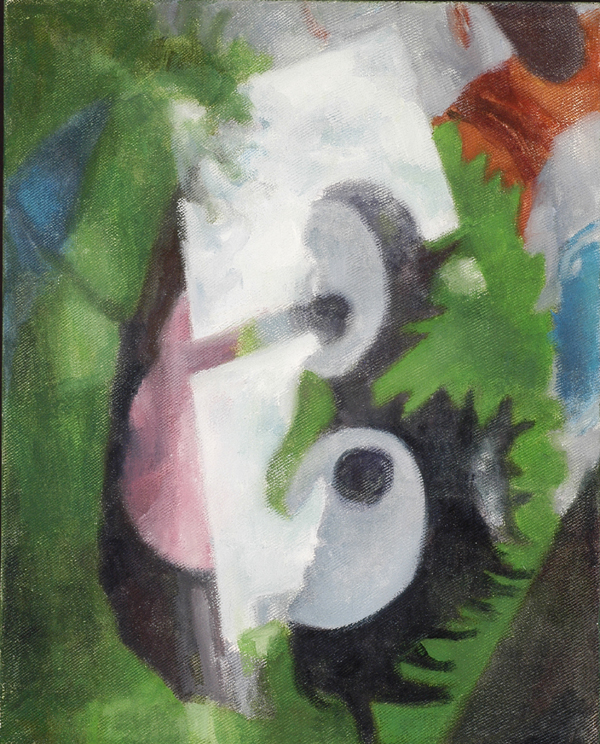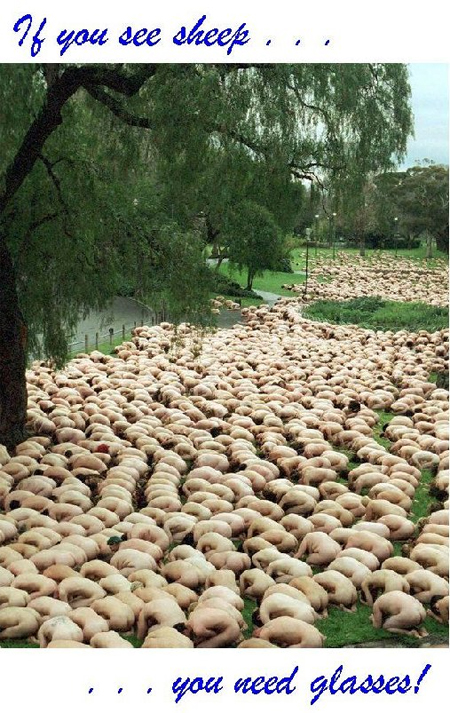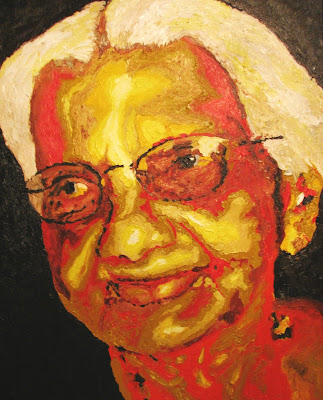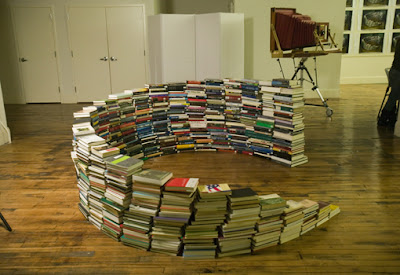Archives for Uncategorized
A story about children…
Molotov cocktail.
Harpers is one of my favorite magazines and a couple of months back I had the good fortune to run into some writing that resonated with the way I approach ideas for my paintings. The case concerns artist Joy Garnett of the ‘Molotov Man‘ fame. She is an artist who uses ‘found’ online imagery in the creation of her art and knowingly subverts photographs and images found on the web to suit the message that she would like to propound in her paintings. In her own words..
“I searched the web for images of figures in extreme emotional or physical states. I saved the most promising images in folders on my computer desktop, and I let them sit for a while so I could forget where I found them. I wanted my choices to be based more on aesthetic criteria than on my emotional attachment to their narratives. Eventually I would look through the folders again to see what struck me…”
To make a long story short, she was initially told by a lawyer representing the author of an image she used (Susan Meiselas shot one of the iconic images that Joy Garnett later painted) to secure permission before using the image. Naturally, Joy did not think it necessary to go through these motions as she had created ‘original’ artwork using the image as a springboard… and posted her predicament to Rhizome.org. The bloggers on Rhizome ran with it and produced hundreds of subversions of the original image challenging the lawyer to prosecute all of them.. The lawyers withdrew on seeing the shaky nature of their case in prosecuting Joy Garnett. You can read multiple points of view in two essays from Harpers hyperlinked at the bottom of this post…
Susan Meiselas “untitled” 1979 Color photograph
Joy Garnett “Molotov” 2003 Oil on canvas 70 x 60 inches
My technique is to paint from photographs. Every once in a while when I explore an idea, I tend to go to the web and download compelling images from the web to act as a spark that will lead to the creation of a painting. In my view I am engaging in a dialogue with art that already exists out there and in the eventual subversion of the original image in my painting, I am merely enriching existing art. I sometimes acknowledge the source and sometimes bother not to (especially if I do not find it on the web – I do not go crazy trying to find the source)… I do not regard this as plagiarism, but some people do…
How many times have you directly used images from the web in the creation of your art? How many times have you used web based images indirectly (as a spark generator and incubator) for an idea that you then use to create your art? If the former case is dubbed plagiarism by some people, then the latter case also should be… What are your views?
Like someone said, the cross pollination and extension of existing ideas is critical to human creativity, be it art science or commerce.
References:
On the rights of the Molotov Man – article by Joy G. and Susan M. in Harpers
The ecstasy of influence – an invigorating essay by Jonathan Lethem
Fuzzy Concept (part 2) or Ambiguity?

Steve’s previous post made me think about mystery and ambiguity in art, particularly as they help to create meaning. And his image reminded me of this recent image I made as part of my “Unholy Gost” series. I use ambiguous spaces and images in this series of paintings.
I talk to my students about the difference between “deliberate ambiguity” and disorganized confusion. While I encourage the happy accidents that occur in the process of creation, it can sometimes be an excuse to leave a piece unfinished, unclear and incoherent. Beginning students often want to make images that deal with the idea of chaos, but end up making disorganized messes. Mysterious images can so easily be so ambiguous as to be unreadable with no entry way into the work.
These can be pitfalls of art making. How can you tell if ambiguity is purposeful or if it reflects lack of clarity on the artist’s part?
Have you explored ambiguity in your own work? What are the challenges you face when doing so? Do you have any favorite artists who use ambiguity successfully?
PS – I tried to make the image larger, I swear, and the best I could do was a thumbnail you can enlarge. Anyone can go in and fix it if they are so inclined. I apologize for my ineptitude.
Who generated this picture?
This came in today’s email:

Some painting for a change…
As we age and journey through life, our faces slowly begin to accumulate what I might call the ‘etchings of time’. All of those wrinkles, folds, creases and crevices lend credence to experiences borne by the individual. Personally, depicting age and wrinkle lines on a face is challenging and it is with some measure of trepidation that I undertook to work on these, one of an indigenous person and the other of my grandmother.
Both were painted from photographs.
The indigenous person, I remember finding the photo on a travel website. I liked the grace, poise and the untold stories in the individuals face and decided to paint it… I photographed my grandmother a couple of weeks back with the resolve that if I did manage to pull off a good one, maybe I will try and paint it.
See, some painting for a change and no questions…

Title: ‘Tangata whenua’; Size: 4 feet high X 3 feet wide; Medium: Oil on canvas

Title: ‘Sandhya Ragam’; Size: 2.5 feet high X 2 feet wide; Medium: Oil on canvas
Big Red C
A controversial sculpture by “book artist” and Cornell University Art Department head Buzz Spector. The C-shaped structure is made up of over 800 books, all of them authored by Cornell faculty, students or alumni. The piece was originally installed in downtown Manhattan (pictured above); recently, it was reconstructed here in Ithaca, New York. More information, pictures, and an installation video can be found here.
Any thoughts?
Art and museums as instruments for change
About a year back a young curator named Chris Gilbert resigned from his job at the Berkeley Art Museum, California over a disagreement with senior museum officials over some ‘politically incorrect’ words that he used to describe the exhibit that he was curating. I am sure that this is old news to all of you, but what got me thinking about one of the functions of art was through reading a contemplative piece in the Times where author makes the following observation:
Two concepts of what a museum should do — and be — crystallized and clashed, with Mr. Gilbert’s view by far the less traditional. To him, art is an instrument for radical change. The museum is a social forum where that change catches fire. The curator is a committed activist who can help light the spark. The goal is to transform the values of the culture that had created the museum. If in the process an obsolete museum went up in flames, a new one would rise from its ashes.
